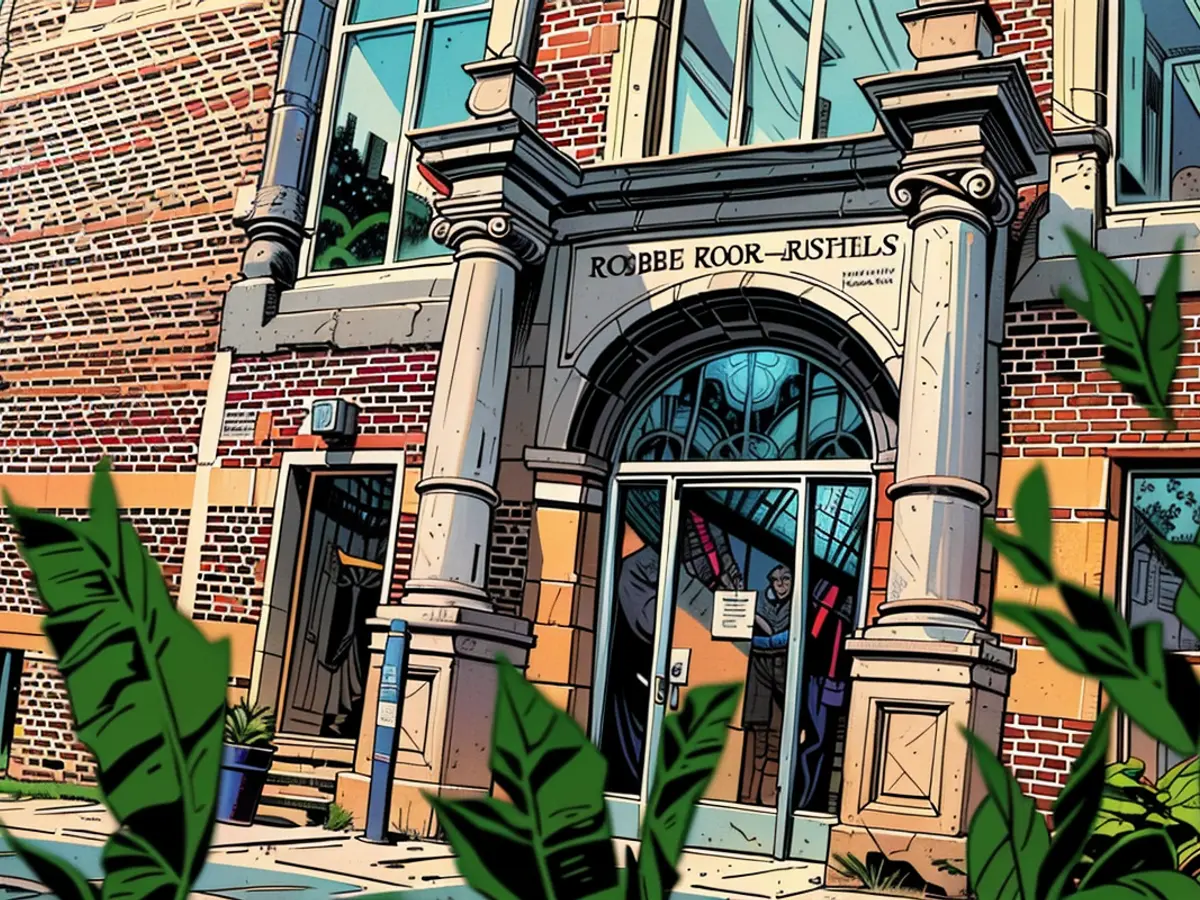A rare nova explosion is imminent
By mid-August, a spectacular sight could appear in the night sky. The double star system T Corona Borealis will shine so brightly that it can be seen with the naked eye. This celestial spectacle is rare and occurs only approximately every 80 years.
The Corona Borealis (Northern Crown) is a constellation about 2700 light-years away from Earth. The constellation can be observed in Germany year-round. However, due to its distance from Earth, it is only visible with a telescope. But now, an event is approaching that will brighten one of the Northern Crown's stars so much that it will be visible without aid. This is the double star system T Corona Borealis, consisting of a dead white dwarf and an aging red giant.
The latter is in its final life cycle and periodically sheds its outer layers as it heats up. The matter lands on the dwarf star and heats its atmosphere to a thermonuclear reaction, triggering a nova. This happens on a regular basis, about every 80 years. After the last eruption in 1946, it's happening again this year.
View of the Northern Sky
A nova is the core fusion of hydrogen that lands on the white dwarf after being ejected by its stellar neighbor. The shell of the white dwarf is heated to several million degrees and expands, making it brighter. Due to this brightness increase, it is also visible to us in the night sky. T Corona Borealis will then shine as brightly as the North Star, with an apparent magnitude of two (usually ten magnitudes).
The Northern Crown is a distinctive constellation in the northern sky, consisting of a horseshoe-shaped star cluster and visible around midnight until September. After its nova, T Corona Borealis can still be observed with binoculars for some time, but then the usually faint double star will disappear again for about 80 years.
NASA astronomers are excited about this rare event and will closely monitor T Corona Borealis. The NASA Hubble Space Telescope, with its advanced capabilities, will provide detailed observations of the double star system during this bright phase.
Upon observing the spectacle, people worldwide can share their sightings with NASA, contributing to collective astronomical studies and enhancing our understanding of the T Corona Borealis system.







